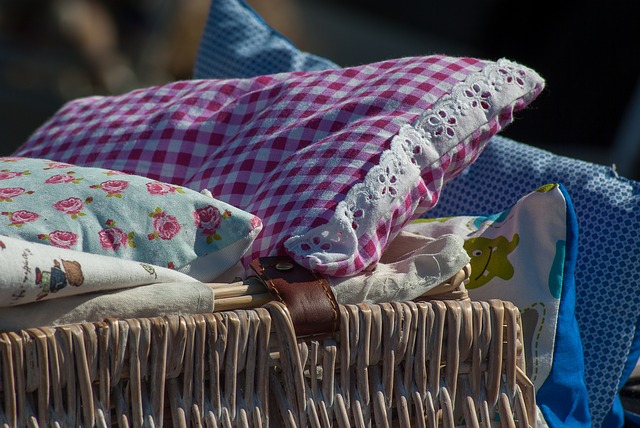If you’re like me, you dive eagerly into a de-cluttering project, only to stall out at the final step. To get the clutter out of your house, where does it go? Some people simply throw out things they no longer want. I can’t do that. My mother grew up during the depression. The rule in our household was use things until they wore out…then find another use for them! I no longer share her views on there being “good food underneath the mold.” But I can’t bring myself to throw away things I know other people could use. Instead, our donations move to a bookcase in the garage, where they wait to be taken to their new home.
Where to Donate Entertainment
You can donate fiction books to Operation Paperback, to be sent to troops overseas. Your local library will accept paperback and hardcover, fiction and nonfiction books. If they don’t put them on the shelves, they’ll sell them at a book sale to raise money. Check to find out when they are accepting donations. Also check if there is a limit to how many you can give them at once. When I was moving cross-country, I made three hour-and-a-half drives (each way!) to drop off books at the Ithaca library, because they would accept books by the car load.
Electronic entertainment such as computers or televisions that are relatively recent can be given to local churches, schools, and libraries. Older models that are not too old can be taken to the big thrift stores: Goodwill or The Salvation Army. Do a Google search for “thrift stores near me” to find any smaller thrift stores, such as those run by charities or as non-profit fundraisers, in your area. Very old entertainment equipment can be taken to Best Buy (handy if you need a new model to replace it) for recycling.
DVDs, CDs, and video games can be donated to your local library, or to thrift stores. Cell phones can be given to ReCellular, or dropped off in a cell phone recycling bin at many local charities or service organizations.
Where to Donate Fabric Goods
If your clothing is gently used, designer or high-quality clothing, you can send it to thredUP for resale, and earn a commission on anything that sells. Fair warning, their definition of “gently used” is more like my definition of “New without Tags”. They will donate or recycle anything that they don’t use, however, so it still gets it out of your house. Business clothing can be donated to Dress For Success. Vietnam Veterans of America will pick up your clothes, and if you like, let you know when they are in your area picking up other people’s donations. This can sometimes spur change-of-season de-cluttering. You can also take clothing of any type to thrift stores.
Linens, blankets, towels, sheets, and other non-clothing fabric goods in good repair can also be donated to thrift shops. Items in any state of repair can be donated to your local animal shelter. The animals don’t mind how they look, just that they’re soft, warm, and snuggly.
Where to Take Other Donations
If you have construction supplies — flooring, tiles, carpeting, cabinetry, etc. — left over from a remodel, take it to your local ReStore, run by Habitat for Humanity. They’ll also take appliances and furniture, as will thrift stores.
Shoes, including single shoes or shoes that are no longer wearable, can be donated to Soles4Souls. Or you can include your shoes with your clothing donations.
Take old prescription eyeglasses to your local Lion’s Club. Take extra wire hangers to a nearby dry cleaner. Some cleaners have boxes specifically for returning hangers. Take extra pet supplies, including food, litter, leashes, and collars, to your local animal shelter.
If you have arts and crafts supplies that you want to get rid of, offer them to your local school. Some school districts have arts and crafts clearinghouses, such as RAFT in Colorado, that distribute supplies to all the schools in their area. This is easier than trying to match the specific needs of a school with the specific items you are donating.
Knowing where to take your donations will help you be more productive when de-cluttering.



